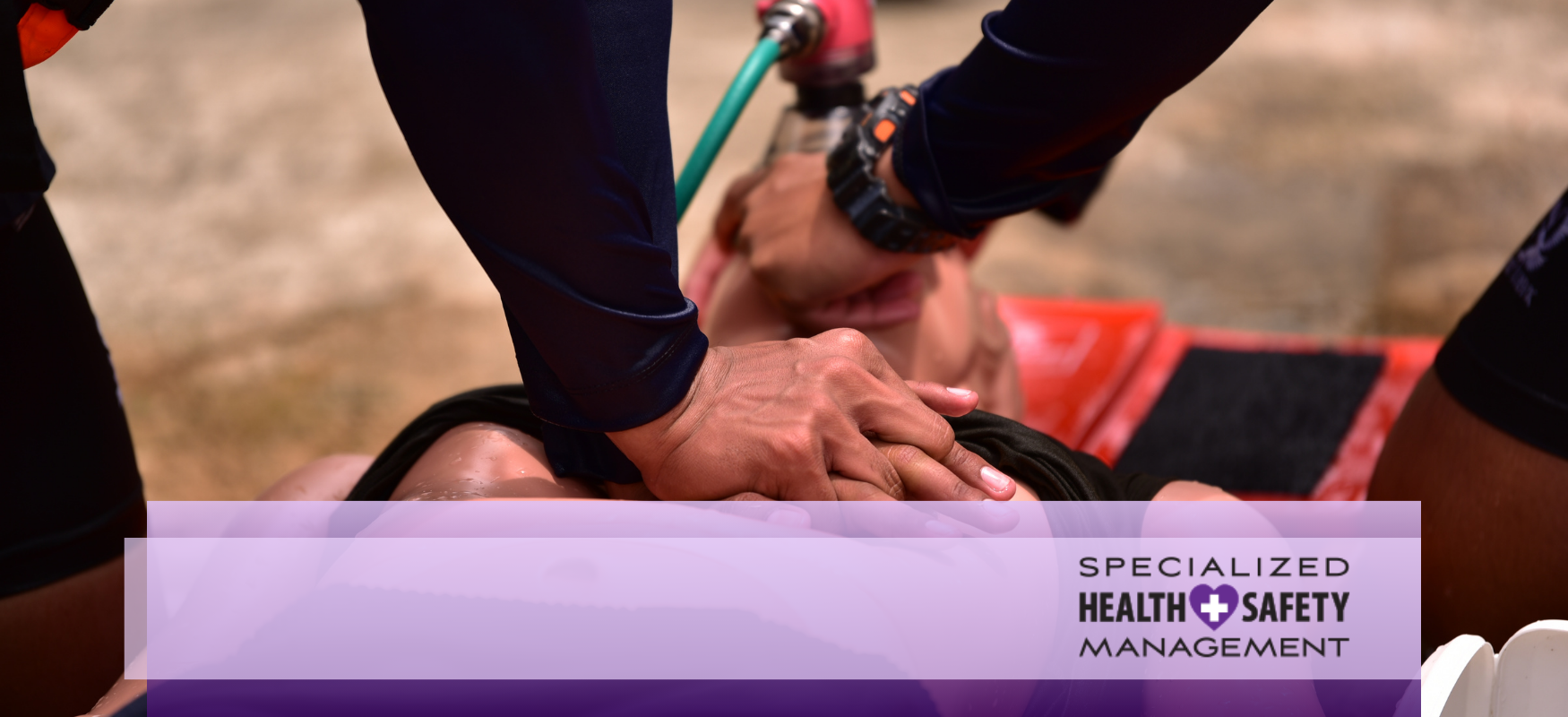
Cardiac arrest is one of the most serious medical emergencies that can arise during everyday life. While cardiac arrest is most common between the ages of 30 and 50, children as young as 10 can experience it. Learning to identify the signs and symptoms of childhood cardiac arrest is a significant first step toward ensuring you’re prepared to respond to a medical emergency.

Cardiac Arrest Symptoms
Time is of the essence when it comes to cardiac arrest, so it’s important to know how to spot it quickly. For children, the symptoms are very similar to those of adults.
Common symptoms of cardiac arrest include:
- Chest pain or discomfort
- Racing heartbeat
- Shortness of breath
- Difficulty breathing
- Fainting
- Palpitations
- Dizziness
- Fatigue
Only 30-50% of children show any symptoms, so not all symptoms may be present during a cardiac arrest event.
Cardiac Arrest Causes
While many things could potentially trigger cardiac arrest in children, they’re often the result of a pre-existing heart condition. Conditions that commonly contribute to cardiac arrest events include Wolff-Parkinson-White Syndrome, Long QT Syndrome, and Marfan Syndrome.
Other factors include:
- Family history
- Recent viral infections
- A history of fainting
- Drug use
- Chest trauma
- Seizures
- High blood pressure
Responding to Cardiac Arrest
In an emergency, the most important thing is to act. Don’t be afraid, don’t be hesitant, and don’t assume someone else will step in. During cardiac arrest, effective use of Cardiopulmonary Resuscitation (CPR) CPR can be the difference between life and death. If you aren’t trained in CPR, call 911 and get help. If you are CPR certified, call 911 first, then conduct CPR until help arrives.
Pediatric CPR and Infant CPR
CPR is a tried-and-true lifesaving procedure that keeps blood flowing when the heart has stopped beating. Pediatric CPR differs from adult CPR in a few key ways. For example, because a child’s body is not fully developed, you should use two fingers instead of the whole palm when giving chest compressions.
The best way to learn CPR, whether it’s for adults, children, or infants, is to take a course from a qualified instructor like Specialized Health and Safety.
Choosing Pediatric CPR Classes
Not every CPR instructor teaches the subject in the same way, and not everyone who claims to teach CPR is licensed to do so. When it comes to CPR training, American Heart Association is often considered the gold standard. The American Red Cross is likewise highly regarded. When searching for CPR classes, look for places that utilize training from either organization or have instructors who were trained by them.
The expert instructors at Specialized Health and Safety follow a strict, AHA-approved curriculum designed to provide students with the highest-quality CPR instruction possible. Training sessions are available for both individuals and organizations. Check out our class schedule and sign up now to ensure you’re prepared for a health emergency.

